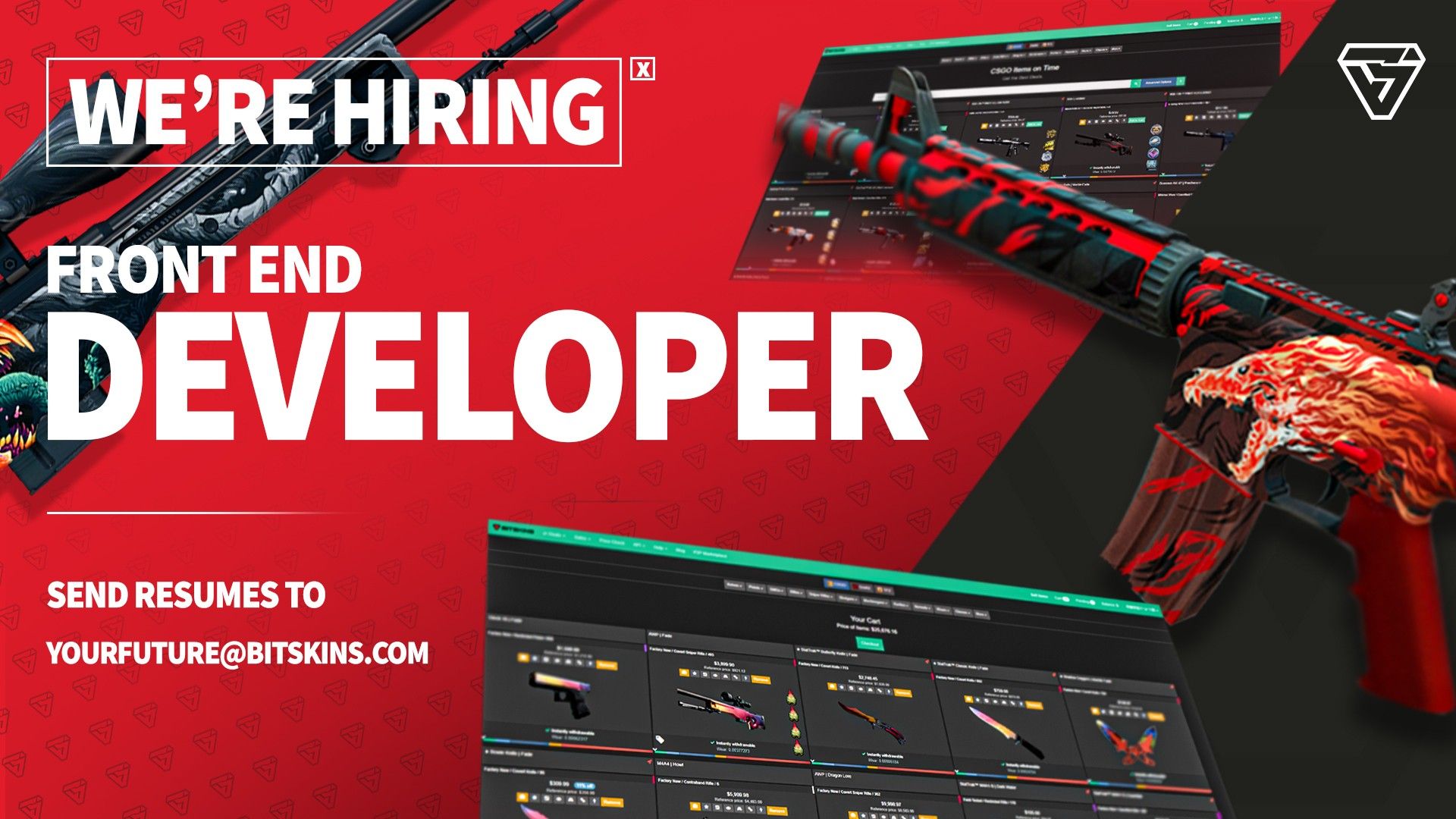Counter-Strike: Global Offensive or CS:GO is a popular first-person shooter game played by millions of players worldwide. One of the most interesting features of the game is the ability to customize weapon skins and knives using third-party tools and platforms. Over the years, the skin gaming industry has grown significantly, and what was once considered just a hobby is now a career opportunity for many. In this blog post, we will discuss the evolution of cs2 skin gaming.
The Early Days Of Custom Skins
Custom skins have always been a part of the gaming community, but they were not always legal or acceptable. During the early days of CS:GO, players used to modify the game files to achieve personalized skins. Although it was a harmless way to add a personal touch to the game, it was considered a violation of the game’s terms and conditions. However, as the popularity of the game grew and Valve Corporation started to study the community’s behavior, the company decided to embrace it and introduced an update that allowed players to upload their own customized skins.
The Rise Of Skin Trading
With the introduction of custom skins, players soon realized that they could trade their skins with other players for real money. The skin trading industry grew, and soon players were using third-party websites to trade their skins for cash or other skins. This led to skin betting and gambling sites that allowed players to bet on the outcome of their game using their skins. However, this practice was deemed illegal, and Valve had to take action against these websites, resulting in the closure of many third-party services and the removal of some features from CS:GO.
The Birth Of Skin Marketplaces
The closure of skin betting sites led to the birth of skin marketplaces such as OPSkins, Bitskins, and Skinbaron. These marketplaces allow players to buy and sell skins using real money, and they are regulated by Valve to ensure that the transactions are legitimate. This not only created a safe environment for players to trade skins but also paved the way for a new industry – skin trading. Today, players can trade their skins for a profit, and some players even make a living out of trading skins.

The Rise Of Skin Makers And Artists
With the popularity of custom skins and the introduction of marketplaces, the demand for skin makers and artists has increased. Today, players pay a considerable amount of money for custom skins, and some skin creators have gained a reputation in the community for their designs. Some skin makers even collaborate with popular streamers and teams to create custom skins for their weapons and knives, which are then sold on marketplaces.
The Emergence Of Professional Skin Creators
The evolution of skin gaming has created opportunities for many players to turn their hobby into a career. Today, professional skin creators make a living out of designing and selling skins. These professionals not only create skins for their clients but also consult with game developers to create new designs for in-game items and original equipment manufacturers (OEM) to create specialized skins for various gaming peripherals. The skin gaming industry has paved the way for a new career path for artists and designers in the gaming industry.
Conclusion:
The evolution of CS:GO skin gaming has created a new industry within the gaming community. From custom skins to skin marketplaces and professional skin creators, the community has come a long way. The skin gaming industry has not only created new career opportunities for artists and designers but also added a personalized touch to the game that enhances the overall gaming experience. With the support of Valve, we can expect further growth and development of the industry, leading to an exciting future for skin gaming.




